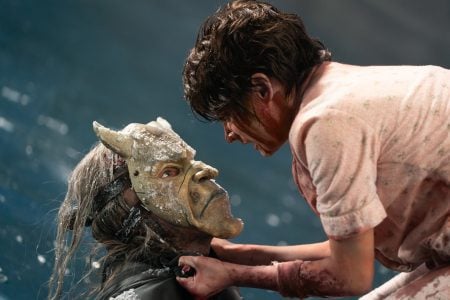Have you ever thought about how sound makes online multiplayer video games feel so alive and exciting?
Many times, players focus on graphics or controls, but sound is what quietly shapes the whole experience. From the music that sets the mood to the effects that alert you to what’s happening around you, sound design is a big reason why games feel so real and fun.
The Role of Sound in Gaming
Sound in online multiplayer games is much more than background music. It acts like a guide, helping players react faster and feel more connected. When a teammate calls out through voice chat, or when footsteps approach from behind, players know exactly what to do because of sound cues. It builds teamwork, trust, and awareness.
Game developers put a lot of effort into sound layers. Ambient effects, like wind blowing or water flowing, give depth to the setting. Action sounds, like gunshots or spell casting, make battles thrilling. Music tracks also shift depending on the pace of the game. All of these sounds combine to create a sense of immersion that keeps players fully engaged.
Why Multiplayer Games Need Strong Sound Design
In single-player vegas338 games, sound is mostly about mood and storytelling. But in multiplayer, it’s about communication and coordination. Without clear sound, it would be hard to understand what’s happening around you. In games like battle royales or team shooters, even the smallest sound cue can decide the outcome of a match.
Good sound design also helps players of all skill levels. A new player may not know the map well, but they can still respond quickly if they hear footsteps nearby. Advanced players rely on these sounds even more, using them to predict moves and plan strategies. This balance makes the game enjoyable for everyone.
The Magic of Music in Online Games
Music in online multiplayer games does something special. It connects players emotionally. A cheerful background track during casual matches keeps things lighthearted. Intense beats during the final rounds build excitement and push players to focus harder.
Some games even have dynamic music systems that shift based on what’s happening. For example, if the team is winning, the music may rise in energy, but if things get tense, it may slow down with deep tones. This creates a natural rhythm that matches the mood of the game perfectly.
Communication Through Sound
One of the most important parts of multiplayer sound design is voice communication. Games now allow players to talk to each other in real time, which makes coordination smooth. But even without voice chat, developers use smart sound effects to guide players.
For example, a “ping” sound may signal that an item is marked. A sharp alert could mean danger nearby. These small sound effects reduce the need for constant talking, making teamwork possible even among strangers.
Surround Sound and 3D Audio
Technology has taken game sound to another level. Surround sound and 3D audio make it possible for players to hear directions clearly. If an enemy is behind, the sound feels like it’s coming from that exact direction. If an ally is to the left, you can sense it instantly.
3D audio also works beautifully with headphones. Many multiplayer gamers use headsets not just for communication, but also to enjoy this layered sound experience. It makes every match feel more intense and real.
Emotional Connection Through Sound
Sound in games doesn’t just inform, it also connects. Hearing a victory fanfare after winning a match feels rewarding. Listening to calming music in the lobby before a game starts reduces stress. Even funny sound effects, like a quirky dance or celebration, bring players closer together and make the game social.
In multiplayer settings, sound also helps create shared memories. Players often remember a match not just by the visuals, but by the sounds they heard. That unique background track or that final alert tone often stays in memory, reminding players of their teamwork and achievements.
Examples of Smart Sound Use
Many popular online multiplayer games have become known for their sound design. Footstep sounds in tactical shooters are so accurate that players can guess the exact direction of opponents.
Racing games use roaring engines and cheering crowds to make competition more exciting. Fantasy games fill their maps with magical tones, turning every battle into a thrilling adventure.
These examples show how carefully crafted sound makes each match feel unique. Without needing complex instructions, players simply react to what they hear, which keeps the action fast and natural.
Final Thoughts
Sound design in online multiplayer video games is like the heartbeat that keeps everything moving. It informs, connects, and excites players in ways that visuals alone cannot. From footsteps that warn you of danger to music that fuels your energy, sound shapes every moment of gameplay.






![‘Frankenstein’ Review – Guillermo del Toro’s Definitive Look At The Nature And Nurture Of Monstrosity [TIFF 2025] ‘Frankenstein’ Review – Guillermo del Toro’s Definitive Look At The Nature And Nurture Of Monstrosity [TIFF 2025]](https://cdn.geekvibesnation.com/wp-media-folder-geek-vibes-nation/wp-content/uploads/2025/10/Frankenstein-175_PF_20240430_20377_R-300x200.jpg)